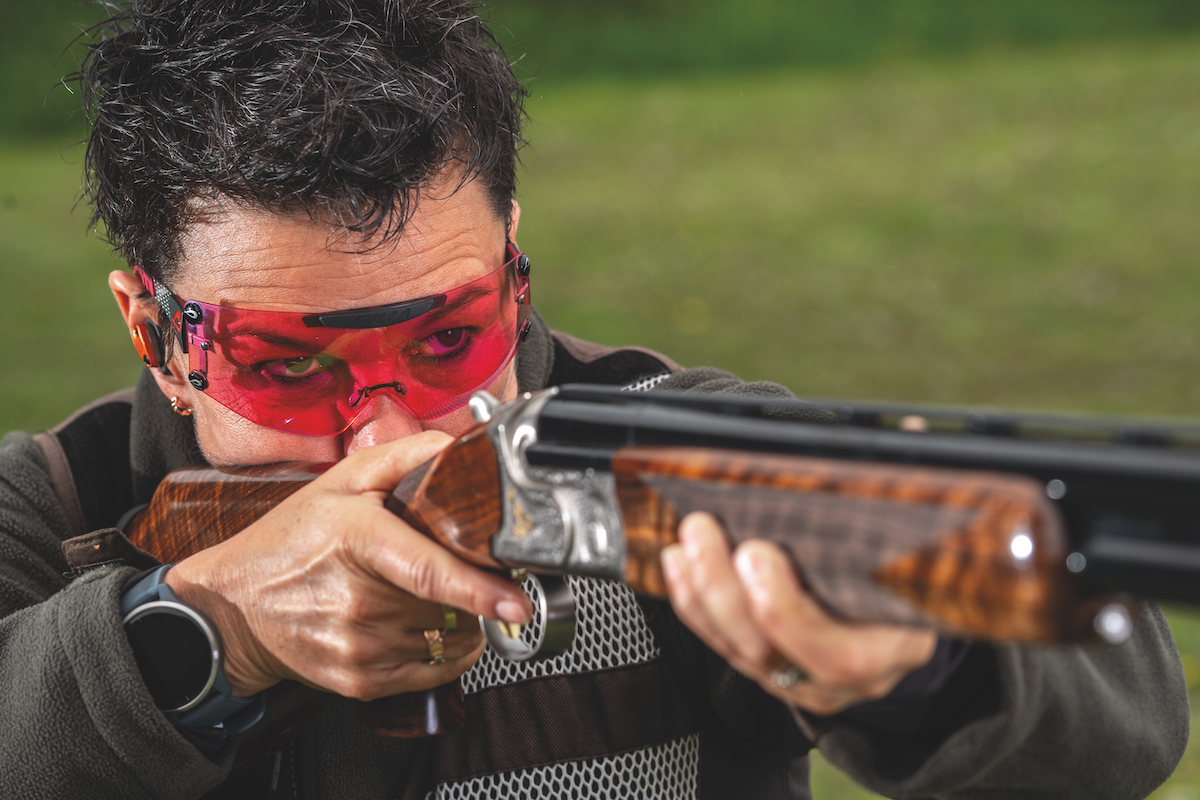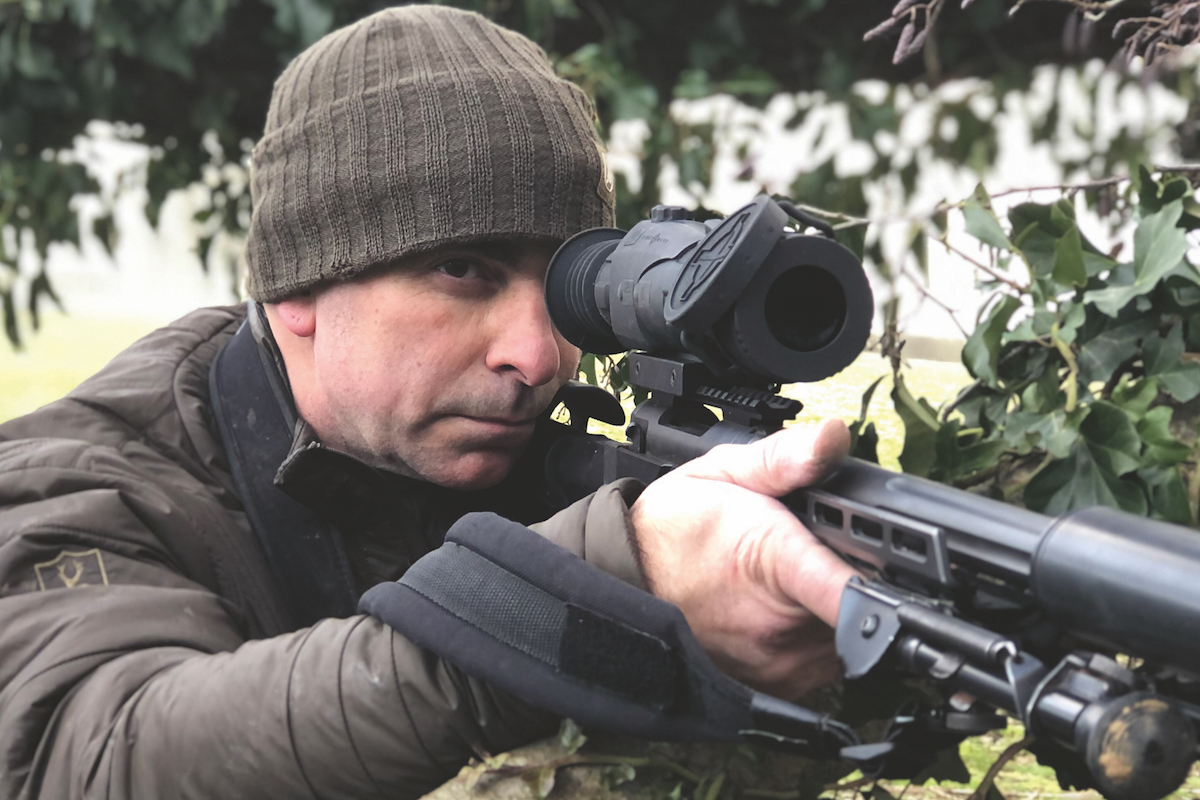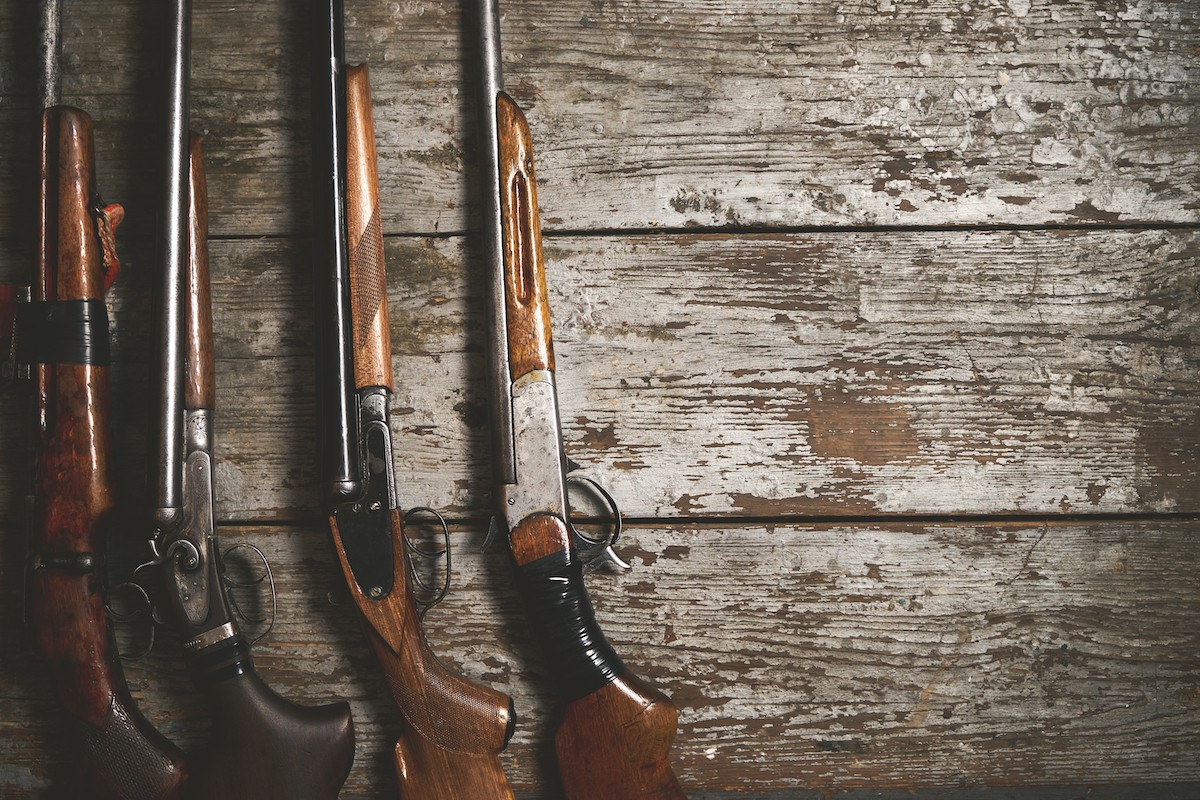Mossberg 930 Duck Commander on test
This semi-automatic is a simple, sturdy and practical wildfowling or all-purpose shotgun, but it doesn’t take itself too seriously, says Lewis Potter

Mossberg 930 Duck Commander
The products of O. F. Mossberg & Sons, always known simply as Mossberg, have, since their founding in 1919, gained a reputation for practical designs where simplicity and reliability are outstanding features. While much of the product range concentrates on rifled firearms, in the UK the manufacturer is probably better known for its semi-automatic shotguns. My introduction to Mossberg was in the early 1970s when I occasionally borrowed a pump-action model from a farmer on whose land I used to shoot. It was the farm knockabout gun used by one and all and was rarely, if ever, treated to any sort of maintenance, but it just kept going.
Mossberg has teamed up with Duck Commander, a company that produces one of the best-selling duck calls in the US. To describe the family who owns this firm as “enthusiastic duck hunters” could be regarded as an understatement. Since they appeared on a reality television series called Duck Dynasty, their reputation has been greatly enhanced. The object of this partnership seems to have been to fine-tune a staple product of Mossberg’s specifically for duck shooting, though it would have plenty of other uses.
First impressions
The original Mossberg semi-automatic was developed around 40 years ago, and even now the 930 Duck Commander will have a comfortably familiar appearance to many enthusiasts of the shotgun. The finish rather enhances the practical appeal of this sort of shotgun from the Realtree Max-5 on the stock and fore-end to the overall matt green of the receiver and barrel.
This is something that I can appreciate, having once given the metalwork of my old 6-bore muzzle-loader a coating of olive drab paint as both camouflage and protection when lurking in the reedbeds of an estuary. The nish and colouring of this 930 very much supports the idea of a shotgun produced with input from practical users.
It is not all super-serious; what at first just looks like a mottled camouflage pattern on the receiver is multiple ducks coming in with wings outspread, similar to those on the Duck Commander logo, which is rather a fun way of producing an interesting nish. As for the legend “faith, family, ducks” on the left side of the receiver, this undoubtedly sums up the Robertson family’s (owners of Duck Commander) view on life and their reputation as duck hunters of note.
Handling
At a smidgen under 7.lb on my scales, the 930 is a reasonable weight for this sort of shotgun, aided, no doubt, by the aluminium alloy receiver and hollow synthetic stock. Balance is biased a bit forward as an aid to a smooth swing, while a length of pull of 14¼in is fairly standard for a shotgun of this type and adequate when wearing heavy winter clothing.

The familiarity of the top-mounted safety makes the operation of the Duck Commander instinctive
While a 28in barrel may seem a little short compared with traditional wildfowling guns, there is actually quite a length of gun in front of the user, compared with a double due to the length of the receiver.
Also ballistically, with modern cartridges and powders, barrel length makes little difference to performance and I suspect the Duck Commander was conceived with inland duck shooting in mind. Having said that, with the potential for a good, clean swing and the degree of protection afforded by the finish, it seems to me a good candidate for use in the salt laden air of the foreshore and saltmarsh.
One of the design aspects of Mossberg semi-autos that I always thought a good idea is the safety button situated at the top rear of the receiver. With its serrated finish and practical size, it is big enough to use with gloved hands without causing you to fumble, because when that happens it is a sure way of spoiling what could otherwise be a good shot. The familiarity of the top-mounted safety makes the operation instinctive — all an aid to good handling.
Technical features
The Duck Commander is a gas-operated semi-automatic using the conventional bleed-off of combustion gases from the barrel to operate the mechanism. While that is the principle, the execution of the mechanical detail is somewhat different to many other designs.
The piston situated in the bleed-off housing under the barrel pushes against a sleeve, which in turn contacts a small carrier with twin bar arms that drives the bolt back to operate the cycle of reloading and cocking the lock work. The piston moves only a short way along the tubular magazine, little more than 1in, but is sufficient to drive the bolt back its full travel. The bolt return is achieved via the familiar long link pushing against a spring concealed inside the butt.
Bolt release from the open position is achieved by pressing the quite large bolt release button on the right-hand side of the receiver. This button projects an unusually long way out of the receiver side wall and, like the safety, would be another bonus when shooting with gloved hands.
The operation is standard semi-auto and the capacity on this gun on test is 2-plus-1. Cartridges are 2¾in and 3in and the gun British proofed for steel shot as there is no formal proof system in the US.
On test
The Truglo sight showed up as clear as a fox’s eyes in a lamp, and placing it just on the centre of the target put the pattern well over the duck outline. The only problem I encountered on my temporary and very exposed test site was a gusting wind, which can make it a little difficult to place the pattern central in the horizontal plane.

Placing the Truglo sight just on the centre of the target put the pattern well over the duck outline
Cartridges used included Eley VIP Steel, Gamebore Super Steel, Lyalvale Express High Performance Steel and Winchester Blind Side, as well as a mixed lot of pigeon and game cartridges.
The Mossberg never missed a beat, throwing spent cartridge cases up to 15ft away. Mixing cartridges of different lengths and loads gave no problems.
Trigger-pull was what one might expect for a semi-auto and recoil, even with the bigger loads, proved to be quite acceptable. Of the three choke tubes provided, improved cylinder, half and full, most of the testing was done using the two more open chokes and steel shot cartridges.
Need to know
- Bore: 12, cartridge capacity 2-plus-1
- Barrel: 28in, 3in magnum. Optional model in 3½in magnum, three multichokes
- Action: Gas-operated semi-automatic of well-thought-out design
- Features: Pleasing combination of camouflage and colour, practical safety button and magazine release
- Maker: O. F. Mossberg & Sons, US
- Importer: York Guns
- Suggested retail: £685 (special offer)
Pattern sheets

Pattern sheet 1: shot at 30 yards, nominal tight improved cylinder as measured, cartridge Gamebore Super Steel, 35g No.5 shot. Patterns pulled to the right, over-correcting for wind, but the left half of the pattern still shows a good kill capability represented by the duck silhouette. Conditions: dry, variable gusting sidewind

Pattern sheet 2: shot at 30 yards, nominal light half-choke as measured, cartridge Winchester Blind Side 13/8 oz No.3 cubic shot. Pattern pulled slightly left (standing for deliberate shot pattern testing is always “interesting” in a crosswind) but a good kill pattern. About the same diameter of spread as the conventional shot with less choke but this is fairly normal for cubic shot.
Conclusion
The 930 Duck Commander certainly looks the part and I liked the combination of camouflage stock and fore-end with green barrel and receiver, though there is an overall camouflage option as well as a 3½in magnum version. The finish is well executed and potentially very durable for use in harsh conditions. It is no wonder that the US military used to favour the Mossberg.
Simple, sturdy but at the same time technically interesting, this Mossberg is without doubt a suitable wildfowling and general-purpose shotgun.
- Construction: Well-made as expected of this maker 18/20
- Handling: A little deliberate but very paintable 17/20
- Finish: The combination of Realtree Max-5 camouflage and green I thought very good 18/20
- Fit: A fit that would suit many shooters, especially in fowling weather clothing 17/20
- Value: Good value in a crowded market 17/20








